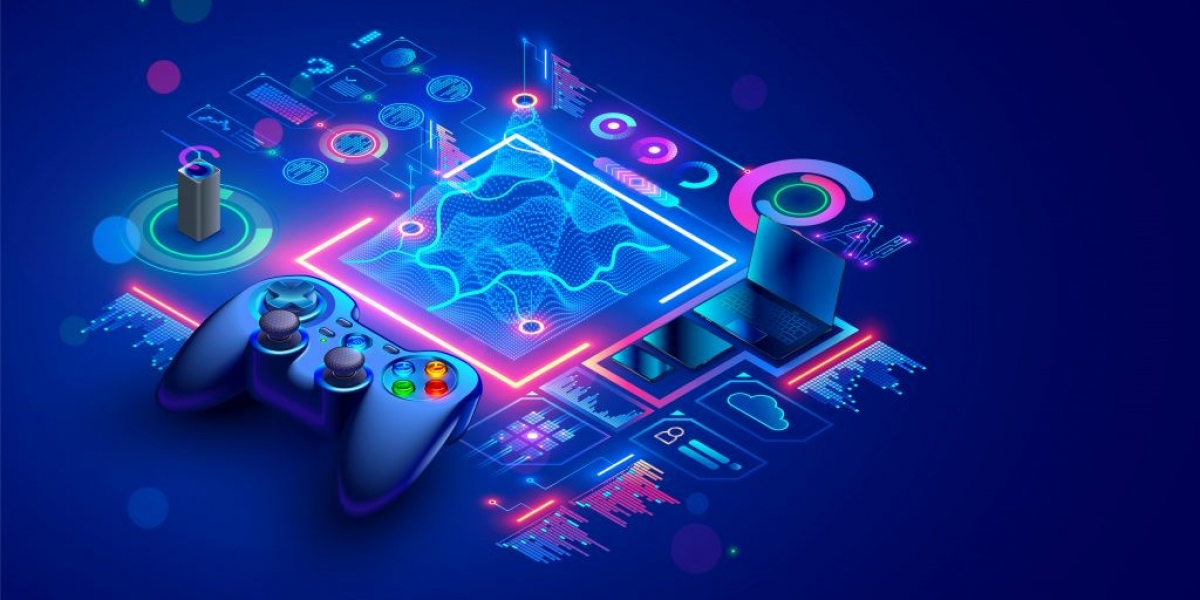By converting claims on real and digital assets into tradable digital tokens, tokenization promises to increase liquidity, democratize investment access, and improve transparency across the financial ecosystem.
What is Asset Tokenization?
Tokenization is the process of converting ownership rights or interests in a specific asset into a digital token on the blockchain. These tokens represent a fractional share or full ownership of an asset, and can be easily bought, sold or exchanged on digital platforms. The range of assets susceptible to tokenization is wide, including real estate, art, vehicles, patents and even company shares.
How are Asset Tokenization processes handled?
The Asset Tokenization processes involve the following:
- Asset Identification: Determine which asset will be tokenized. It can be a tangible asset (such as real estate, artwork, precious metals) or intangible (such as copyrights, intellectual property, stocks).
- Token Creation: A digital token representing ownership or rights over an asset is established via a blockchain network. These tokens can follow specific standards such as ERC20 token or ERC-721 token on the Ethereum blockchain, depending on whether they are fungible or non-fungible.
- Definition of Rights: Establish the rights and obligations that the tokens represent, including how they can be transferred, sold or exchanged. Smart contracts, which automatically handle transactions and conditions compliance, are programmed with these details.
- Issuance and Distribution: Tokens are issued and distributed to investors, either through private sales, initial token offerings (ICO), security token offerings (STO), or decentralized exchange platforms (DEX).
- Registration and Management: Tokens are registered on the blockchain, providing an immutable and transparent record of all transactions and changes in ownership of the asset.
What examples can be given about Asset Tokenization?
Among the examples that can be given about the Asset tokenization platforms are the following:
- Real Estate: A building can be tokenized, allowing multiple investors to purchase tokens that represent a fraction of the ownership of the building.
- Art and Collectibles: Artwork and other collectibles can be tokenized, allowing owners to sell fractions of ownership and investors to acquire shares of valuable assets.
- Shares and Securities: A company's shares can be represented by security tokens, facilitating their exchange and management through digital platforms.
- Intellectual Property Rights: It is possible to tokenize the rights to music, films, and other types of intellectual property, which makes it possible to sell and distribute usage rights and royalties.
Drivers of Tokenization
- Expanded Access to Investments: Tokenization reduces barriers to entry for investors, allowing the purchase of fractions of expensive assets such as real estate or high-value art.
- Improved Liquidity: Tokenized assets can be traded on global secondary markets, offering liquidity to previously illiquid assets.
- Efficiency and Cost Reduction: By automating the management and transfer of assets through smart contracts, intermediation costs are reduced and transactions are streamlined.
- Transparency and Security: Blockchain provides an immutable and transparent record of ownership and transactions, improving trust and security in investments.
Use Cases and Applications
- Real Estate: Tokenization allows investors to purchase fractions of properties, opening the real estate market to a broader spectrum of investors and improving the liquidity of these assets.
- Art and Collectibles: Tokenization of artwork and collectibles allows for shared ownership and facilitates a more liquid market for these unique assets.
- Corporate Finance: Issuing equity or corporate debt as digital tokens can simplify fundraising processes and open new investment opportunities.
- Raw Materials and Energy: Tokenizing raw materials or energy production capacities allows for more flexible and accessible investment and trade models.
Challenges and Regulatory Considerations
Despite its benefits, tokenization faces challenges, especially in the regulatory arena. The lack of a clear legal framework for digital assets in many jurisdictions may complicate the issuance and trading of tokens. Furthermore, investor protection and anti-money laundering prevention are critical concerns that must be addressed to ensure healthy market development.
What type of technologies are used for tokenization?
Asset tokenization uses a variety of advanced technologies to create, manage and transfer digital tokens securely and efficiently. Below are the key technologies involved in the tokenization process:
- Blockchain
- Smart Contracts
- Tokenization Platforms
- Cryptography
- Digital Identity Systems
- Oracles
- Decentralized Exchanges (DEX) and Centralized Exchanges (CEX)
- Safe Custody and Storage Systems
- Decentralized Governance Systems (DAO)
- Interoperability Technologies
Looking to the Future: Tokenization and the Financial Market
Tokenization has the potential to profoundly reshape the financial market, making investment in a variety of assets more accessible, liquid and transparent. As regulatory solutions evolve to adapt to this new reality, we could see a significant expansion in the variety and volume of tokenized assets available to investors around the world.
Asset tokenization represents a paradigmatic shift in the world of financial investments, offering a future in which asset ownership and trading are more inclusive, efficient and secure. As blockchain development companies continue to mature, and regulatory frameworks adapt, the potential for significant transformation in the financial market is immense. In this new landscape, tokenization is not just an innovation; It is the next logical step in the evolution of global finance.


![Exploring klcc park with malaysia tour packages from kerala [2024]](https://f002.backblazeb2.com/file/yoosocial/upload/photos/2024/05/XxchLNcFtctlUHnr6FoR_04_6d260638994be2a6ddc79182e8346b79_image.jpg)






